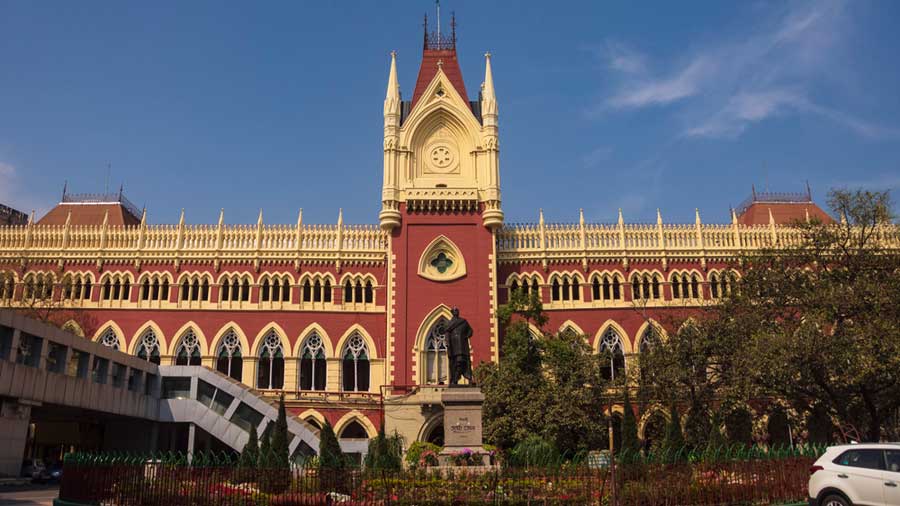The Calcutta High Court, established in 1862, is one of the oldest and most prestigious high courts in India. Located in Kolkata, West Bengal, it has played a pivotal role in shaping the legal landscape of the country. With its illustrious history, significant judgments, and architectural grandeur, the Calcutta High Court remains a symbol of justice and the rule of law in India.
Historical Background
The Calcutta High Court was established under the Indian High Courts Act of 1861 during British rule. It commenced operations on July 1, 1862, replacing the Supreme Court of Judicature at Fort William, which had been set up in 1774. Sir Barnes Peacock was appointed as the first Chief Justice of the Calcutta High Court.
This court holds the distinction of being the first high court to be established in India, serving as a model for the subsequent high courts in Bombay and Madras. Its rich legal tradition has contributed significantly to the development of Indian jurisprudence.
Jurisdiction and Functions
The Calcutta High Court has both original and appellate jurisdiction:
- Original Jurisdiction:
- It has the authority to hear civil cases of significant monetary value and specific criminal cases within Kolkata’s jurisdiction.
- It also handles writ petitions under Articles 226 and 227 of the Constitution of India, dealing with matters of fundamental rights and administrative actions.
- Appellate Jurisdiction:
- It hears appeals against decisions from subordinate courts in West Bengal and the Andaman and Nicobar Islands.
- Supervisory Role:
- The court oversees the functioning of district and lower courts within its territorial jurisdiction, ensuring the proper administration of justice.
Architectural Marvel
The Calcutta High Court building is a testament to Gothic Revival architecture. Designed by Walter Granville, its majestic structure is inspired by the Cloth Hall in Ypres, Belgium. The red and white façade, pointed arches, and intricate detailing make it one of the most iconic buildings in Kolkata.
The court premises house an extensive law library and historic artifacts, reflecting the legacy of colonial and post-independence legal practices.
Notable Judgments and Contributions
Over the years, the Calcutta High Court has delivered landmark judgments that have had far-reaching implications:
- Ananda Banerjee v. Union of India (1970): A significant case on press freedom and constitutional rights.
- Saradha Chit Fund Scam Cases: The court played a critical role in directing investigations into one of India’s largest financial scams.
- Constitutional Interpretation: The Calcutta High Court has frequently addressed complex issues concerning constitutional law, civil liberties, and governance.
The court has also contributed to the evolution of Indian law by nurturing eminent jurists and legal professionals, including Justices B.K. Mukherjea, M.C. Chagla, and Sudhi Ranjan Das.
Challenges and Reforms
Despite its storied legacy, the Calcutta High Court faces challenges that hinder its functioning:
- Case Backlogs: Like other courts in India, it struggles with a backlog of cases, leading to delays in justice delivery.
- Infrastructure Issues: While the main building is a heritage site, the lack of modern infrastructure affects the efficiency of court proceedings.
- Judicial Vacancies: Periodic vacancies in judicial appointments have impacted its ability to handle cases effectively.
To address these challenges, reforms such as digitization of court records, appointment of more judges, and enhanced use of technology in judicial processes have been initiated.
Role in Society
The Calcutta High Court has been a beacon of hope for justice seekers in West Bengal and beyond. Its interventions in social, economic, and political issues reflect its commitment to upholding constitutional principles. It has been instrumental in protecting fundamental rights, addressing environmental concerns, and ensuring accountability in governance.
Future Outlook
As one of the oldest high courts, the Calcutta High Court is at a crossroads where it must balance its historical significance with the demands of a modern judiciary. The adoption of e-courts, alternative dispute resolution mechanisms, and enhanced public engagement are steps toward a more accessible and efficient judicial system.
Conclusion
The Calcutta High Court is not just a judicial institution but a repository of India’s legal heritage. Its legacy of dispensing justice and fostering legal excellence continues to inspire confidence among citizens. As it adapts to contemporary challenges, the court remains steadfast in its mission to uphold justice, equality, and the rule of law.
